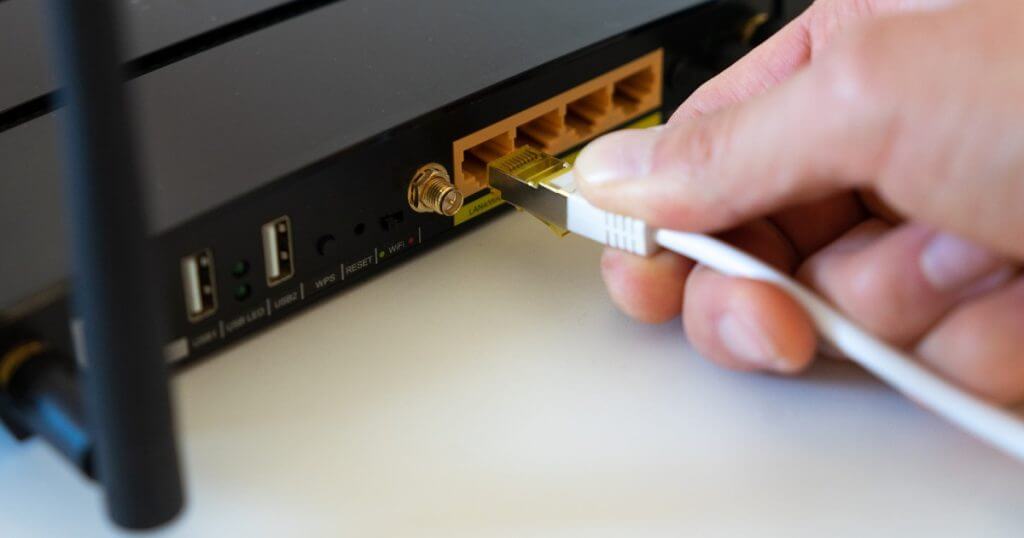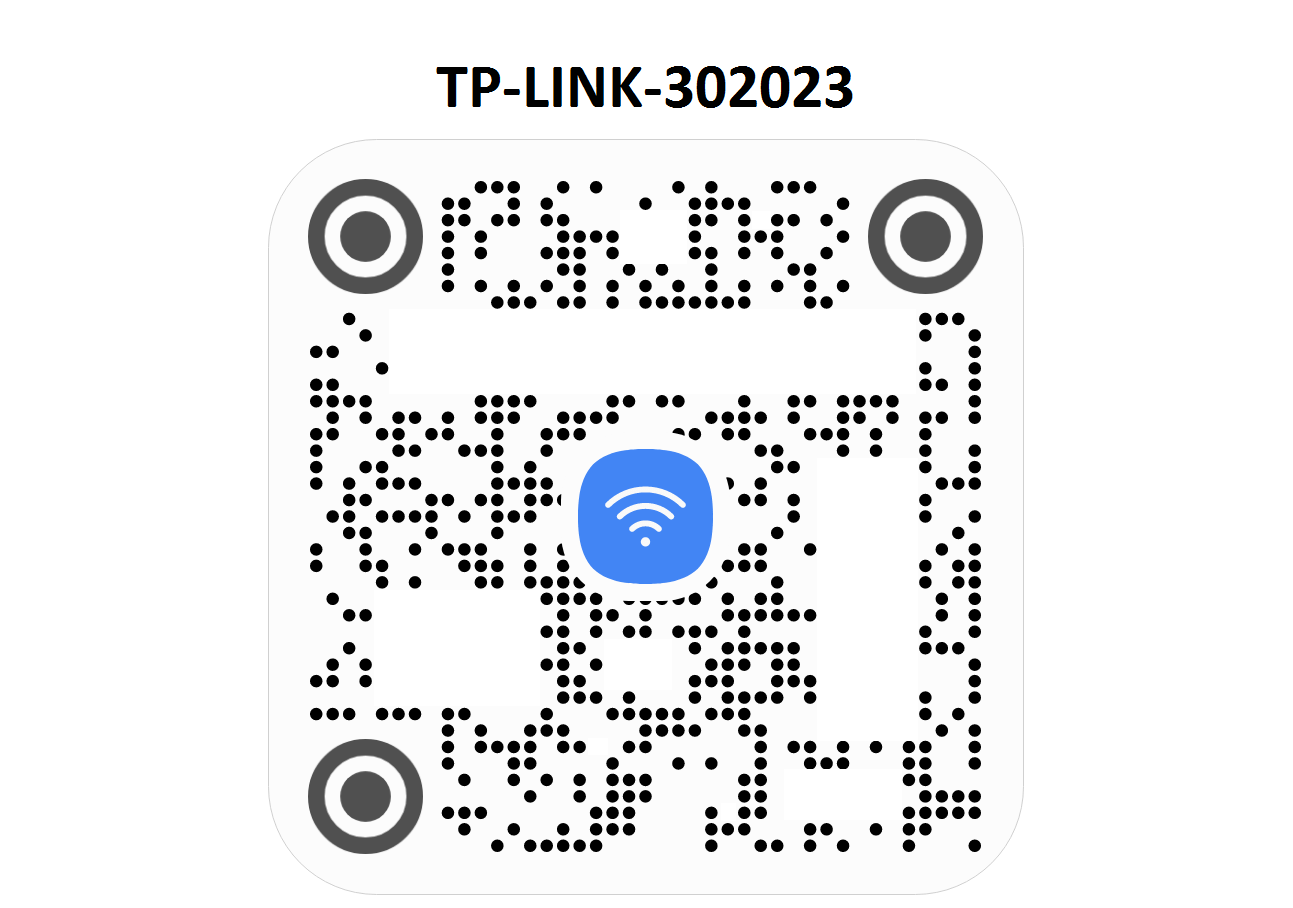How does a Wi-Fi router work?

Here is a simple explanation.
Routers can be wired or wireless. Wired routers provide connection to computers and other devices exclusively via cable. At the same time, wireless routers also offer the ability to connect your devices to the router wirelessly. In addition, wireless routers emit radio waves, i.e. a signal we call Wi-Fi, which is why wireless routers are often referred to as Wi-Fi routers.
Routers may seem like very complicated and complex devices. Still, the principle of the router can be explained in a simple way. To help you identify and troubleshoot potential problems in your home or office network, it's important to understand how routers work. Therefore, we will try to explain it in the simplest possible way.
It is often the case that users do not differentiate between a router and a modem. Still, we believe that the following explanation will eliminate any doubts.
What is a router used for?
Simply put, the router interconnects devices (desktop and laptop computers, smartphones, smart TVs, and many other modern devices) and thus forms a home network of devices. In other words, a router is something like a "switch" that directs electronic data packets to devices, taking care that each device receives exactly the packet that is intended for it, so that no error occurs. so that the packets do not stray or are delivered to the wrong device. Data packets can be sent to a device from another device or from the internet.
To make this possible, your router will assign a local IP address to each device on your home or office network.
Imagine that electronic data is something like postal items. Similar to a snail-mail postal service, electronic data needs the correct address to be delivered to the right recipient.
Now imagine that your local network is something like a neighborhood or a street. The name of the settlement or street alone is not enough for a successful delivery of the shipment because the shipment could then easily end up with the wrong recipient. Therefore, it is necessary to precisely define the delivery address. That's where we get to the router. Namely, the router will assign a house number to each "house" (in our case - each device), so that the addressing and delivery of shipments (in our case - electronic data) can be done accurately and without error.
Also, suppose one device needs to respond to another device, ie. to exchange specific electronic data with it. In that case, the router will again be in the role of a "courier".
Although routers process electronic data individually, i.e. one by one, they do it at high speed, so you have the feeling that everything takes place instantly, even when you have multiple devices online.
However, the problem can arise when the number of devices you have within your home or office network exceeds the router's capabilities or when the devices, even if there are fewer of them, intensively exchange data with each other or with the internet. Then there is a delay in the delivery of digital data - just as in the real life of the courier service due to the increased volume of work is late with the delivery of shipments.
Delays in the delivery of digital data within your home or office network, that is, router overload, is manifested through short-term interruptions, "hacking" and similar anomalies. Delay, ie. router overload can occur both when transferring data from the internet and when transferring from one device to another within your local network (example: your laptop and TV are connected wirelessly
The appearance of such problems is usually a sign that you need a more advanced router.
What is the difference between a router and a modem?
Modern modems often come with a built-in router, which is why users often confuse or completely identify modems and routers. However, those who used the internet in the old days, at a time when it was still "breaking through" to our homes, surely know very well what the function of a modem is and what the function of a router is.
A modem is a device that connects you to your internet operator or the internet. On the other hand, the function of the router is to connect a large number of devices, including the modem itself, to the local network. In other words, the router allows the modem and your other devices to transfer electronic data from one location to another, ie. to point A to point B.
If both point A and point B are within your local network, which is the case when your phone communicates with your TV, you will need only a router to transmit data.
When point A is within your local network (e.g., your computer) and point B is on the internet (e.g., a YouTube site), the modem will be the one to provide data transfer to and from the internet.

If you looked carefully at the above image, you probably concluded that it is enough to have only a router to enable communication between your devices, that is, to connect them to the network. However, if you want your devices to have internet access, you also need a modem.
Keep in mind that most modern modems, especially those you get from your internet operator, come with a built-in router. Still, there is a possibility of getting a modem without a router function from your operator, in which case you will need to get a separate router device.
Unfortunately, the performance of routers built into modems is usually very modest. Such routers provide only basic functionality and are often not up to the task, especially if you want to connect multiple devices to the network or require high online performance (e.g., fast ping for online gaming). In that case, purchasing an additional, separate router is the right solution.
Technically speaking, you need a modem because your computers and other devices use a different type of signal than the signal used by your Internet operator. Simply put, the modem converts your internet operator's signal into a signal that matches your devices.
Signal conversion is the modem's job, while later signal coordination is the router's job.
So what is a router used for, and do you need it in the first place?
In the not-so-distant past, when there was only one computer in a household, all you needed to connect to the internet was a modem. So, technically speaking, if you want us to connect one device to the internet, you can still do it only with the help of a modem or without the need for a router. However, for a number of other reasons, such as cyber security and flexibility, it is best to use a router, even if you want to connect only one device to the internet.
But, considering that today probably every house has more than one device, you can consider a router mandatory. Even if you don't want to connect your devices to the internet, you want to allow them to communicate with each other, and you will need a router. Remember the story of the street and house numbers from the beginning of this post.
You can create a local network of devices without the internet access for transfering files from one device to another, or to interconnect your desktops and laptops, phones, gaming consoles, smart TVs, printers, scanners and other devices could transmit electronic data to each other.
Without a router, this electronic data would not arrive at the right destination. For example, your request to print a document would be completely useless if it were delivered to your phone or Google Home smart speaker instead of a printer.
Having already mentioned the Google Home smart speaker, it is worth mentioning that a good router is a key element when planning a "smart home". Since the "smart house" is nothing but a local network of devices, it is clear that the router is unavoidable and that you must choose a model with more advanced performance.
Once again: a local area network can exist without the internet and a modem, but it cannot exist without a router.
What is the difference between a wired and a wireless router?
The difference between a wired and a wireless router is reflected in how other devices can connect to the router. Wired routers have exclusively Ethernet (LAN) cable connections, while wireless routers (often called Wi-Fi routers) have radio modules and antennas (internal or external) for wirelessly connecting devices to the router.
Most modern routers and modems with a built-in router also allow wireless connection of devices.


